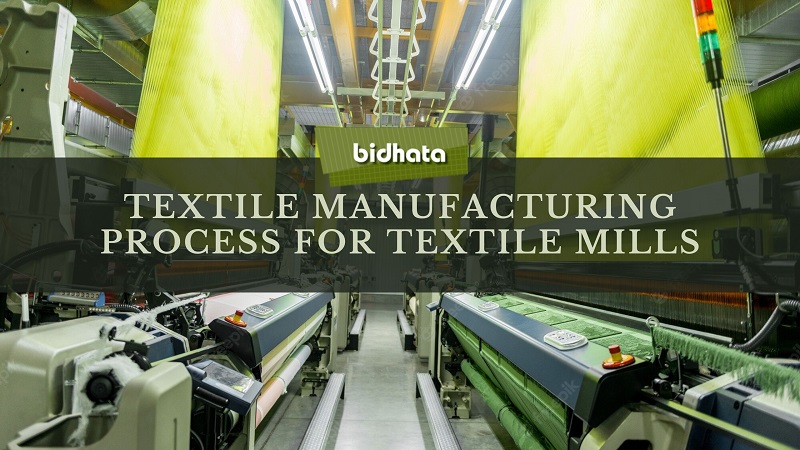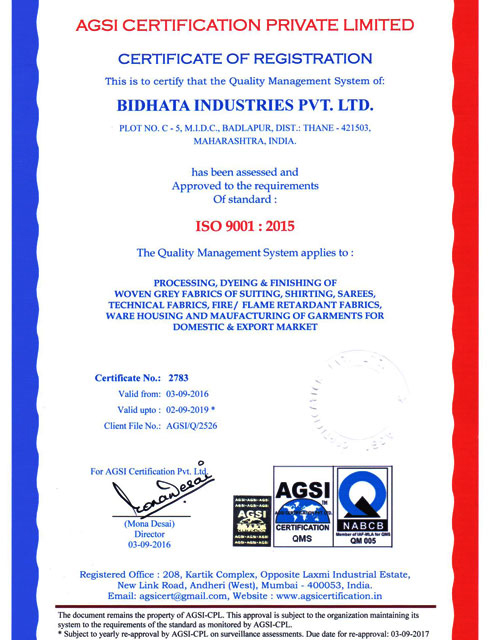Textile Manufacturing Process for Textile Mills: Dyeing, Fabric Printing and Garment Finishing
Textile dyeing, printing and finishing are the main stages in fabric production that focus on the colour, shade and its final appearance. While spinning and weaving are the early stages of production that provide quality fabrication, dyeing, printing and finishing stand as the prior stage to the garment manufacturing process. Although, these three steps add the key value to a piece of fabric since the colour which is mainly a reflecting light through fabric gives a whole other unique impression to it.
Therefore, let’s understand how these key processes are crucial to refining the final product and increase its value in the market.
· Dyeing Process
Dyeing is a process where the fabric is immersed into an aqueous dyebath to give it the desired color as per the specific procedure. There are many chemicals like vasts and reatives are used in the process that skips the after parts of dyeing such as washing, rubbing and exposure to light. However, to utilize such chemical components, there are several complex ingredients involved that highly expensive in the market. Therefore, you will find fabric and garment manufacturers in India that provide expensive garments due to the usage of such complex chemicals for dyeing.
Dyes add a long-lasting and significant color to the garments. These are available in several kinds namely chemical dyeing, dip dyeing, natural dyeing, industrial dyeing, resist dyeing and more. Natural dyes are derived from natural colors extracted from plants, animals and minerals. To color the fabric in an environment-friendly manner, natural dyes are the perfect choice. This is why traditional and handwoven garments and fabrics like khadi promise quality and stand for environmental friendliness due to the usage of natural dyes.
· Printing Process
Printing process involves adding more colors to the dyed fabric or yarn to create designs and patterns. Usually prints are embossed on the surface of the fabric after the dyeing process is complete and ready for the next process execution. The textile processing industry in India used a wide range of techniques, tools, equipment and innovative machines. This is why India is a country with plenty of diversity, even in its fabric designs and prints.
A typical textile printing technique involves complementing different types of fabrics with trending or authentic patterns and designs. As compared to dyes, pigments are insoluble and they are unlikely affinite for fibres. They require resin and solvents to bind them to the fabric. There are several methods under printing called as digital prints, block prints, discharge prints, screen prints, direct prints, heat-transfer prints and many others.
· Finishing Process
When obtained from the knitting or weaving machine, finishing is the process to refine the fabric’s appearance so that a quality product is manufactured and ready to supply. It is the last step that concludes the functioning a textile.
The finishing process consists of treatment steps such as bleaching, scouring, dyeing, etc. With finishing the textile is refined to create a quality fabric that enhances the characteristics of the fabric such as its appearance, colour, design and print. Since the step is crucial in the commercial aspects of the textile sector, they must match the requirements of every technical textiles requirements in India. However, the market requirements are constantly changing. To stay up-to-date with the market requirements it is necessary that fabric and garment manufacturers in India adopt to these differing and upcoming trends.


Leave a Reply